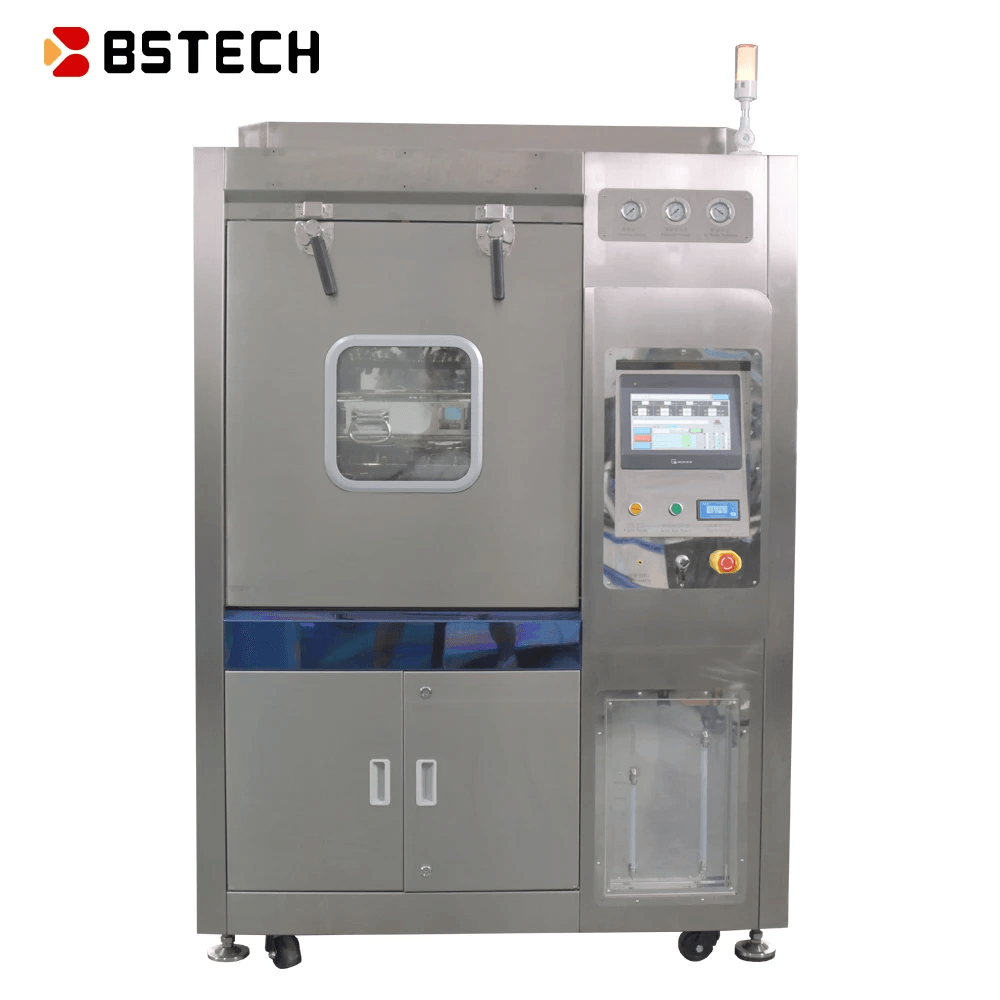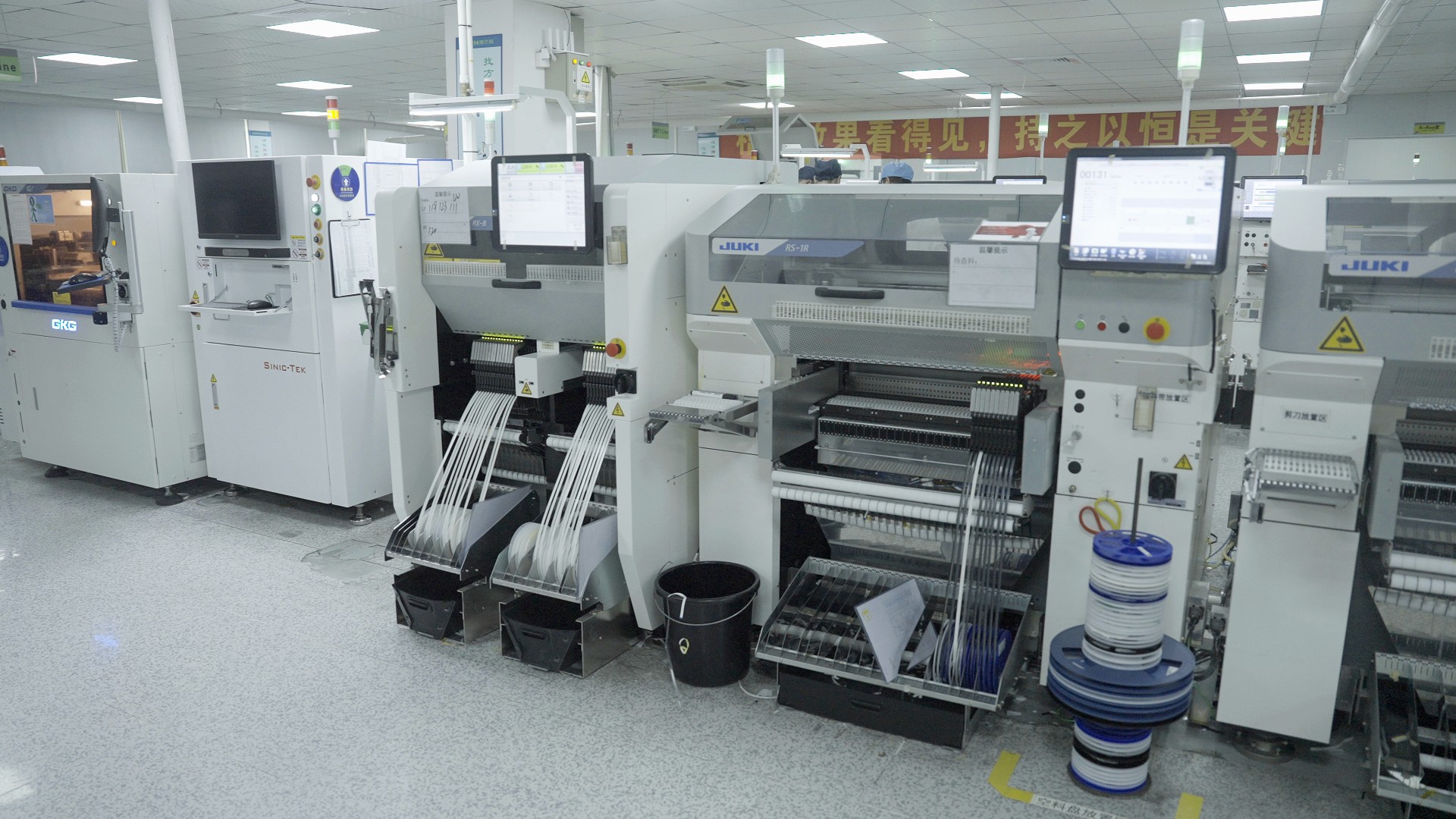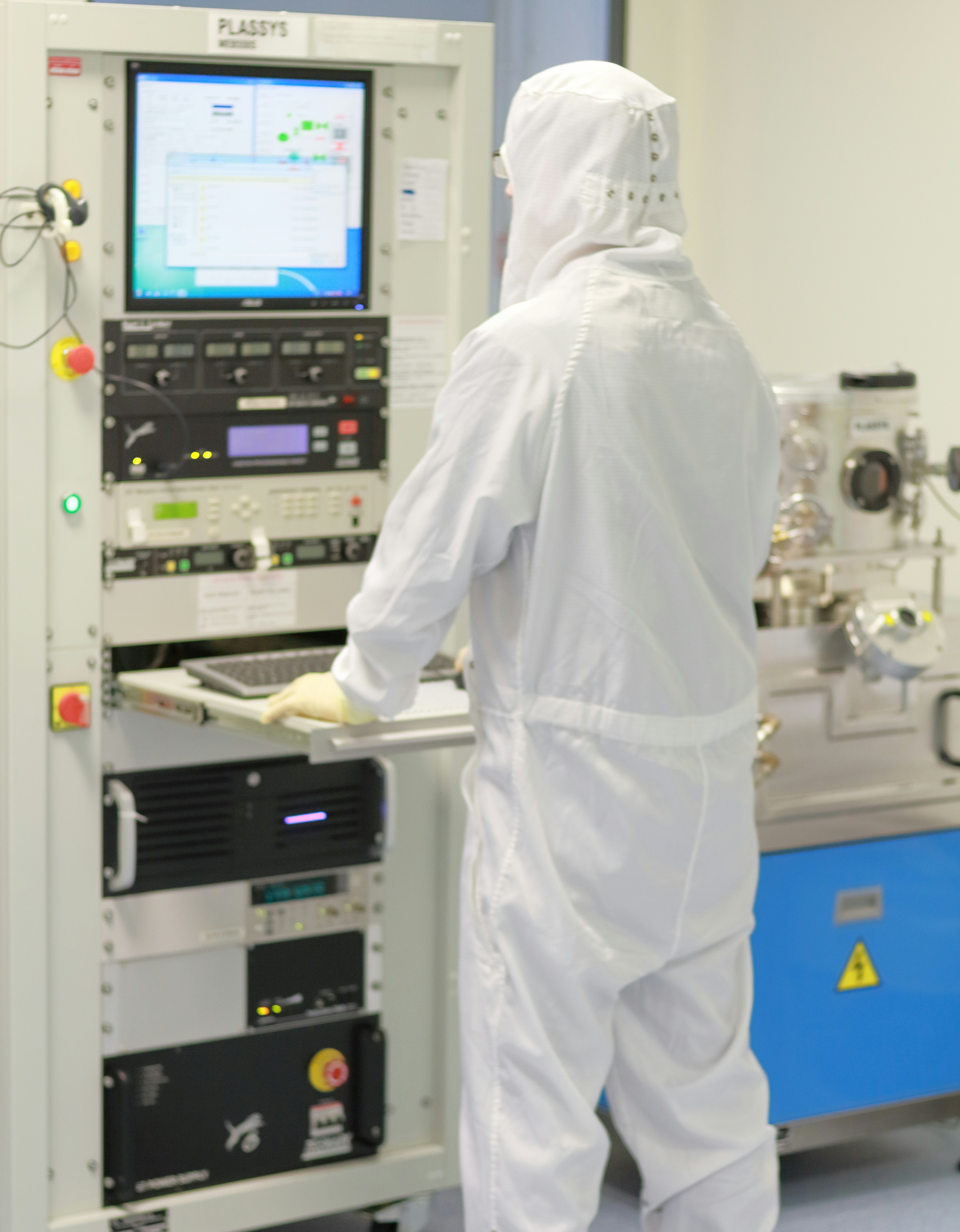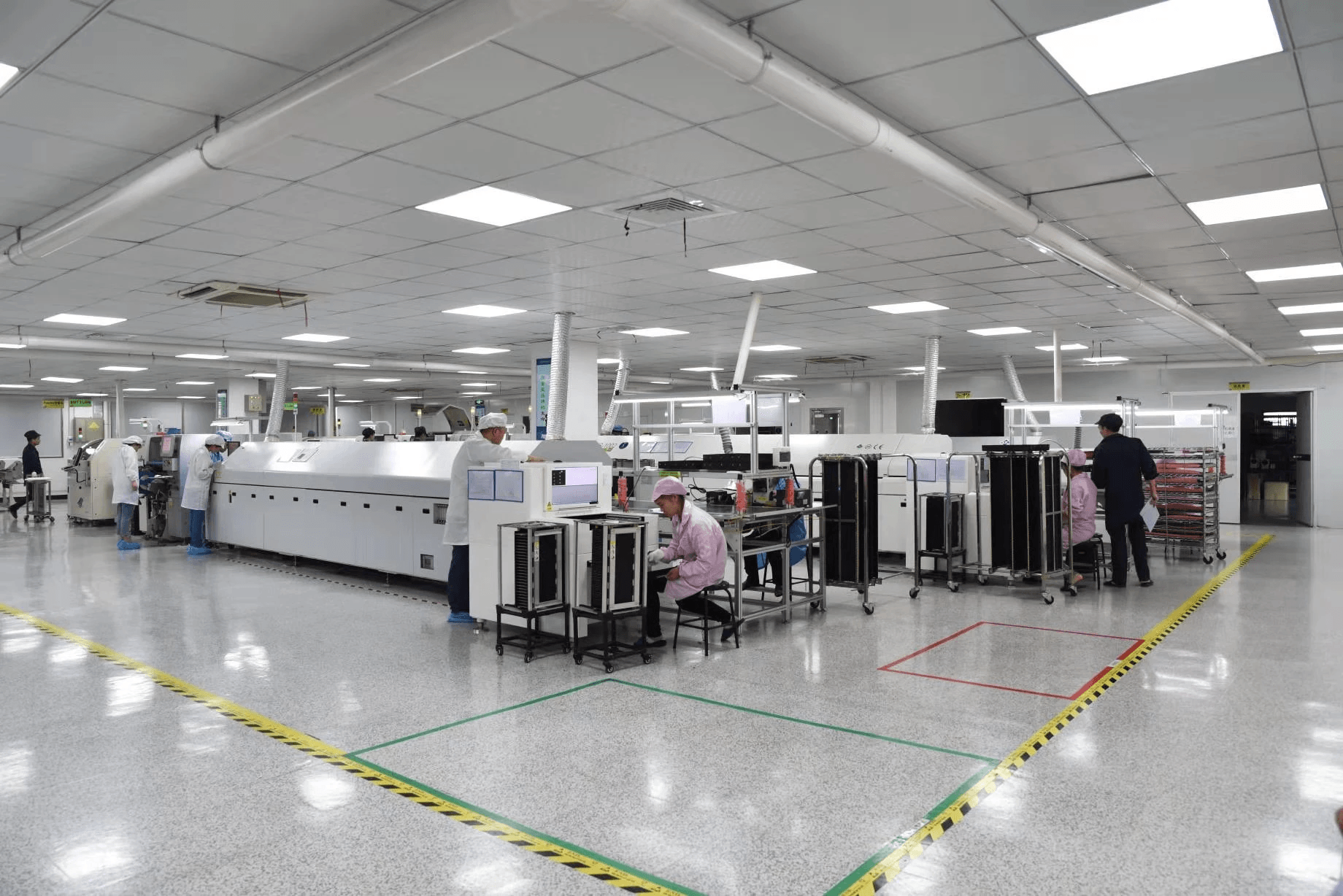Introduction

Cleaning flux off PCB is an essential step in maintaining the integrity and performance of your circuit board. Solder flux, while crucial during the soldering process, can leave behind residues that may interfere with electrical connections and lead to long-term issues if not properly removed. In this guide, we will explore the various types of solder and flux used in PCB assembly, as well as the tools and supplies necessary for effective cleaning.
Understanding the Importance of Cleaning Flux
The importance of cleaning flux off PCB cannot be overstated; a clean circuit board ensures optimal functionality and longevity. Residual solder flux can attract moisture, dust, and other contaminants that may compromise the reliability of your electronic devices. By understanding why it’s vital to remove these residues, you can enhance your PCB circuit board's overall performance and durability.
Types of Solder Flux Used in PCB
There are several types of solder flux used in PCB applications, each designed for specific purposes and materials. Common types include rosin-based, water-soluble, and no-clean fluxes; each has its own characteristics that dictate how they should be handled during assembly and post-soldering cleanup. Knowing which type of solder & flux you’re dealing with is critical when planning to clean them off your circuit board effectively.
Tools and Supplies for Cleaning
To successfully tackle cleaning flux off PCB boards, you’ll need a selection of tools and supplies tailored to your specific needs. Basic items include brushes, lint-free wipes, isopropyl alcohol or specialized solvents designed for removing solder & flux residues effectively. Having these tools on hand ensures that you can maintain a clean working environment while preserving the quality of your PCB circuit board throughout its lifecycle.
Overview of Flux on PCB

What is Flux and its Purpose?
Flux is a chemical cleaning agent that facilitates the soldering process by removing oxidation from metal surfaces and preventing further oxidation during soldering. Its primary purpose is to ensure that the solder adheres properly to both the components and the PCB board, creating reliable electrical connections. Without flux, you might find yourself facing cold joints or weak bonds that can lead to circuit failure.
Common Types of Solder Flux
There are several types of solder flux available, each designed for specific applications in electronics manufacturing. The most common types include rosin-based flux, which is derived from natural sources and provides excellent wetting properties; water-soluble flux, known for its easy cleanup; and no-clean flux, which leaves minimal residue after soldering. Each type has its advantages depending on your project needs—just remember that cleaning flux off PCB can vary significantly based on what you choose!
Why Cleaning Flux Off PCB is Crucial
Cleaning flux off PCB is crucial for maintaining the longevity and performance of your circuit board. Residual solder and flux can attract moisture and contaminants over time, potentially leading to corrosion or short circuits in sensitive electronic components. Additionally, leftover residue can interfere with later assembly processes or even affect signal integrity in high-frequency applications—making thorough cleaning an absolute must!
Preparing for Cleaning Flux Off PCB
Cleaning flux off PCB can seem daunting, but with the right preparation, it becomes a manageable task. Before diving into the cleaning process, it's essential to understand safety precautions, choose an appropriate cleaning method, and gather your necessary supplies. This ensures that your circuit board remains in top condition while effectively removing any unwanted solder flux residue.
Safety Precautions to Consider
When preparing to clean flux off a PCB circuit board, prioritizing safety is paramount. Always work in a well-ventilated area to avoid inhaling harmful fumes from solvents used in the cleaning process. Additionally, wearing gloves and safety goggles protects your skin and eyes from potential irritants found in solder and flux residues.
It's also wise to keep flammable materials away from your workspace since some cleaning agents can be highly combustible. Ensure that you have a first-aid kit nearby just in case of any accidents while handling soldering wire or chemicals. Lastly, familiarize yourself with the Material Safety Data Sheets (MSDS) for any products you plan to use; they provide vital information about handling and emergency measures.
Selecting the Right Cleaning Method
Choosing the right cleaning method is crucial for effectively removing solder flux without damaging your PCB board. Depending on the type of solder and flux used, some methods may work better than others; for instance, water-soluble fluxes might respond well to simple soap and water solutions. In contrast, rosin-based flux may require specialized solvents designed specifically for this purpose.
Consider whether manual cleaning techniques or automated solutions suit your needs best; both have their advantages depending on the scale of your project. For small batches or intricate work on a single circuit board, manual methods might suffice; however, larger operations may benefit from investing in advanced equipment that streamlines the process of cleaning flux off PCBs efficiently.
Gathering Your Cleaning Supplies
Once you've established safety measures and selected a suitable cleaning method, it’s time to gather your supplies for effective cleaning of solder and flux residues from your PCB circuit board. Essential items include isopropyl alcohol (IPA), soft brushes or lint-free wipes for gentle scrubbing without causing damage, and containers for soaking or rinsing components if necessary.
Don't forget about protective gear—gloves should be high on your list! You may also want additional tools like toothbrushes or specialty brushes designed specifically for electronic components to ensure thoroughness when tackling stubborn areas where solder & flux buildup occurs frequently.
Lastly, having an organized workspace will help streamline your efforts as you clean up those pesky residues left behind after soldering wire applications on various boards! By preparing adequately with these supplies at hand before starting out will make all the difference between a smooth clean-up operation versus one fraught with complications.
Step-by-Step Guide to Cleaning Flux
Cleaning flux off PCB is essential for maintaining the integrity and performance of your circuit board. Whether you're a DIY enthusiast or a seasoned professional, knowing how to effectively remove solder flux can prevent future issues like corrosion and signal interference. Let’s dive into the methods that will help you achieve a clean and functional PCB circuit board.
Manual Cleaning Techniques
When it comes to cleaning flux off PCB manually, a few tried-and-true techniques can work wonders. Start by using a soft-bristled brush or an old toothbrush to gently scrub away any residual solder flux, ensuring you don’t damage the delicate components on your circuit board. For more stubborn spots, consider dampening the brush with isopropyl alcohol; this will help lift the solder and flux without leaving behind unwanted moisture.
Another effective manual technique involves using lint-free wipes or cloths soaked in isopropyl alcohol for wiping down the entire surface of the PCB board. This method not only cleans but also helps evaporate quickly, reducing the risk of moisture damage to your circuit board components. Remember to work in small sections and inspect as you go; this way, you ensure that every nook and cranny is free from any solder flux residue.
Finally, don't forget about those tricky areas around through-holes and vias where solder & flux tend to hide out. For these tight spots, using a cotton swab dipped in solvent can be incredibly effective; just be gentle so you don’t dislodge any components while cleaning those hard-to-reach areas.
Using Solvents for Solder and Flux
If manual techniques aren’t cutting it for you when cleaning flux off PCB, solvents may be your best friend! Many professionals swear by isopropyl alcohol (IPA) due to its effectiveness at dissolving both solder and flux residues without harming sensitive electronic components on your PCB circuit board. Simply apply some IPA onto a lint-free cloth or directly onto the area needing attention — just remember not to soak it!
Acetone can also be used as an alternative solvent for tougher jobs involving heavy-duty solder & flux buildup; however, exercise caution since acetone might damage certain types of plastics commonly found on PCBs. Always test on an inconspicuous area first if you're unsure about compatibility with your specific materials.
While using solvents, make sure you're working in a well-ventilated area since fumes can become overwhelming quickly! Keep safety goggles handy too — protecting your eyes should always be a priority when dealing with chemicals during your cleaning process.
Best Practices for Cleaning PCB Circuit Boards
To ensure optimal results when cleaning flux off PCB boards, adhering to best practices is key! First things first: always power down any device before starting your cleaning process; this helps prevent short circuits that could lead to further complications during maintenance tasks like removing solder & flux residues.
Next up is organization — keep all tools within reach so that you won’t have to scramble around looking for them mid-cleaning session! Having everything laid out neatly allows you not only greater efficiency but also minimizes risks associated with accidental spills or misplaced items while working on sensitive electronics like circuit boards.
Lastly, after you've cleaned up all traces of solder flux from your PCB circuit board, give it ample time to dry completely before reassembling or powering it back up again. A little patience goes a long way in ensuring that no residual moisture interferes with functionality once everything’s back together!
Using Advanced Cleaning Equipment

In the world of electronics, where precision is key, the process of cleaning flux off PCB can be greatly enhanced with advanced cleaning equipment. Automated solutions not only streamline the cleaning process but also ensure a level of consistency that manual methods often struggle to achieve. By investing in the right machinery, you can significantly improve the longevity and performance of your PCB circuit boards.
Benefits of Automated Cleaning Solutions
Automated cleaning solutions offer several advantages when it comes to removing solder flux from circuit boards. First and foremost, they save time; what might take hours manually can often be done in minutes with an automated system. Additionally, these machines provide a thorough clean, effectively eliminating residual solder and flux without risking damage to delicate components on your PCB board.
Moreover, using automated systems ensures a repeatable process that minimizes human error—a common issue when cleaning by hand. This consistency is crucial for maintaining quality across multiple PCB circuit boards in production settings. Ultimately, investing in automated cleaning solutions leads to better efficiency and higher-quality results when it comes to managing solder flux on PCBs.
Overview of Bensun's Cleaning Equipment
Bensun offers a range of advanced cleaning equipment specifically designed for effective removal of solder flux from PCBs. Their machines utilize cutting-edge technology that caters to various types of soldering wire applications while ensuring compatibility with different kinds of solder and flux materials. From ultrasonic cleaners to vapor degreasers, Bensun’s lineup provides options tailored for both small-scale operations and large industrial needs.
One standout feature is their ability to customize settings based on specific requirements for each type of PCB board you are working with. This flexibility allows users to adapt their cleaning processes efficiently without compromising on quality or speed. With Bensun’s equipment, you can confidently tackle any challenge related to cleaning flux off PCB circuit boards.
How to Choose the Right Machine
Selecting the right machine for cleaning flux off PCBs involves considering several factors tailored to your specific needs. Start by assessing the volume and type of circuit boards you'll be processing; this will guide you toward machines suited for either high-volume production or smaller batches requiring meticulous care. Additionally, consider whether you need a multi-functional unit capable of handling various types of solder & flux or specialized equipment focused solely on one aspect.
Another important element is ease-of-use; look for machines equipped with user-friendly interfaces that simplify operation and maintenance tasks alike. Lastly, don’t overlook customer support and warranty options—having reliable assistance can make all the difference when integrating new technology into your workflow for removing residual solder from your beloved PCB circuit boards.
Troubleshooting Common Cleaning Issues

Cleaning flux off PCB can be a tricky endeavor, especially when unexpected challenges arise. Whether you're dealing with stubborn residue or trying to ensure the integrity of your circuit board post-cleaning, knowing how to troubleshoot these issues is essential. In this section, we'll tackle common problems you might encounter and provide effective solutions.
Dealing with Residual Flux Remnants
Residual flux remnants can be a persistent nuisance after cleaning solder and flux from a PCB circuit board. Even after thorough cleaning, some types of solder flux may leave behind an oily film or sticky residue that can compromise the performance of your circuit board. To effectively deal with these remnants, consider using specialized cleaning solvents that are designed to dissolve solder and flux residues; a second round of cleaning may be necessary for those particularly stubborn spots.
When using solvents, remember to apply them sparingly and allow adequate time for penetration before wiping away the residue. A soft brush can also help dislodge any remaining particles without damaging the delicate components on your PCB board. Regular inspection during the cleaning process will help you catch any residual flux early on, ensuring a cleaner final product.
Avoiding Damage to PCB Board
One of the primary concerns when cleaning flux off PCB is avoiding damage to sensitive components or traces on your circuit board. Using abrasive materials or harsh chemicals can lead to scratches or corrosion that may affect functionality in the long run. To prevent such damage, always opt for non-abrasive cloths and gentle cleaning solutions specifically formulated for electronics.
It's also crucial to keep moisture away from critical areas like connectors and vias; excess water can lead to short circuits if not dried properly afterward. When handling your PCB circuit board during the cleaning process, use proper ESD (Electrostatic Discharge) precautions to avoid damaging sensitive components while working on removing solder & flux residues.
Ensuring Quality After Cleaning
After you've successfully cleaned solder and flux from your PCB board, it's vital to ensure everything is functioning correctly before putting it back into service. Inspecting all connections visually will help identify any potential issues caused during the cleaning process; look for lifted pads or broken traces that could signal trouble ahead. Performing continuity tests on traces will also confirm that no connections were compromised while you were busy scrubbing away those pesky residues.
Additionally, consider conducting a functional test of your circuit board once it’s dry; this step guarantees that all components are operational post-cleaning. Keeping track of which methods worked best for each type of solder flux will serve as valuable information for future projects involving cleaning flux off PCB boards—after all, knowledge is power!
Conclusion

Cleaning flux off PCB is not just a chore; it's an essential step in ensuring the longevity and performance of your circuit board. A clean PCB circuit board prevents issues like corrosion, electrical shorts, and signal loss, which can lead to premature failure of electronic devices. By maintaining clean PCBs, you ensure that your solder and flux do their job effectively without leaving behind harmful residues.
Maintaining Clean PCB for Longevity
To keep your PCB board in top shape, regular cleaning is crucial. Residual solder flux can attract moisture and dirt over time, leading to potential damage or malfunction of components on the circuit board. By implementing a routine for cleaning flux off PCB after soldering processes, you enhance reliability and extend the lifespan of your electronics.
Choosing the Right Flux for Your Needs
Not all solder flux is created equal; selecting the right type can make a world of difference in both performance and cleanup. Whether you're using rosin-based or water-soluble solder flux, understanding their properties helps you make informed choices that suit your specific applications. Consider factors like ease of cleaning and compatibility with your soldering wire when making decisions about which solder & flux to use.
Resources for Further Learning and Equipment
For those eager to dive deeper into the world of cleaning flux off PCB or enhancing their soldering skills, numerous resources are available online. Websites dedicated to electronics offer tutorials, product reviews, and forums where enthusiasts share tips on equipment and techniques for effective cleaning methods. Investing in quality cleaning supplies or advanced machinery can also significantly improve results—so don't hesitate to explore options tailored to your needs!
